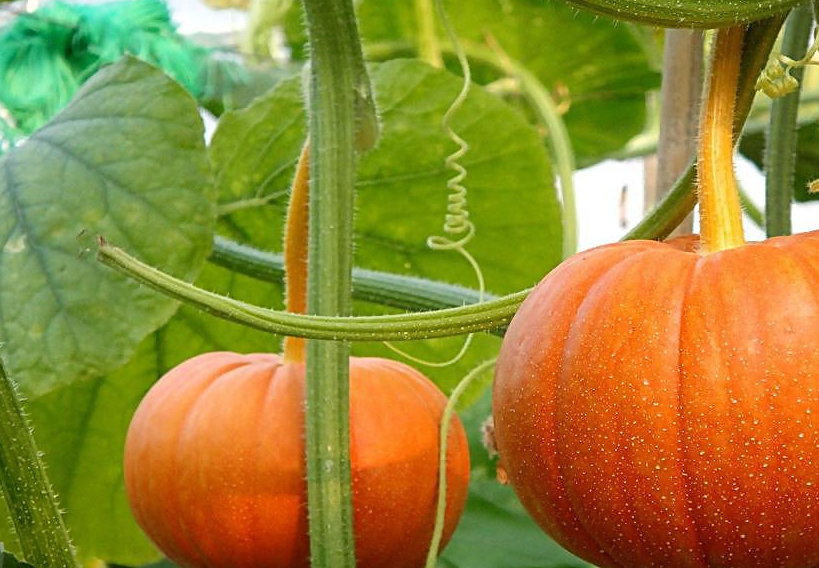Every summer, various fruits and vegetables gradually ripen to supply people with food. Pumpkin is one of them, and it is also a relatively common vegetable, loved by many due to its unique taste. There is no need for special processing techniques, just cut the pumpkin, steam it in a pot, and it becomes a delicious dish.
In addition to its taste, pumpkin is also very nutritious, containing a variety of vitamins, carotenoids, pectin, amino acids, polysaccharides, and mineral elements, providing a variety of nutrients to the body.
Most pumpkins are orange and contain a large amount of vitamin A and carotenoids. For every 100 grams of pumpkin, there are 369 micrograms of vitamin A and 3100 micrograms of carotenoids, which can meet the daily intake needs of the body.
For many diabetes patients, they are unsure whether they should eat pumpkins or whether pumpkins raise or lower blood sugar levels, let’s discuss this.
The reason why pumpkins are said to lower blood sugar is that pumpkins contain polysaccharides, which are immune enhancers that can improve the body’s immune function, play a role in regulating various organs, and aid in pancreatic function.
Furthermore, in some experiments, pumpkin polysaccharides have been shown to stimulate islet activity, increase insulin secretion, and thus lower blood sugar levels in the body.
Can diabetes patients safely eat pumpkins? Of course not entirely, pumpkins are also quite sweet to eat, besides containing pumpkin polysaccharides, they also contain carbohydrates, accounting for about 6.5%. There are also large amounts of starch and soluble sugars, which should not be overlooked.
Moreover, the glycemic index of pumpkins is not low, reaching 75, similar to rice and steamed buns. Therefore, it’s not advisable to consume pumpkins excessively, as there is a risk of blood sugar elevation.
For diabetes patients, it’s okay to eat pumpkins moderately, there’s no need to idealize pumpkins as a food for lowering blood sugar. Just eat normally. And after eating pumpkins, reduce the amount of staple food, as pumpkins are relatively high in sugars.
When diabetes patients select pumpkin dishes, it’s best to choose young pumpkins with lower sugar content to better control blood sugar levels. It’s also advisable to steam the pumpkin instead of selecting frying or stewing methods, as this minimizes calorie intake, which is more beneficial for blood sugar levels.


